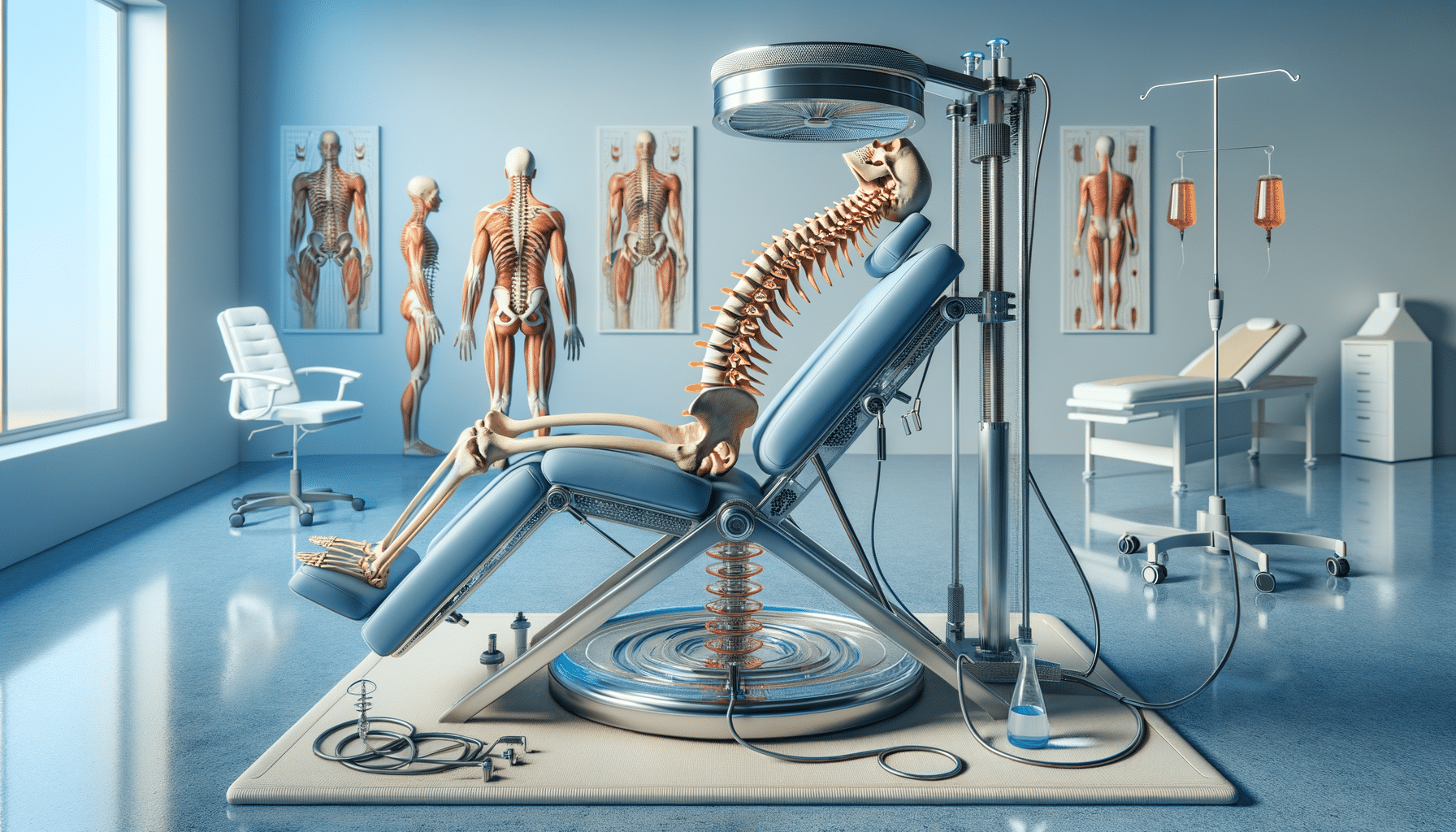
Spinal Decompression Therapy: A Path to Back Pain Relief
Introduction to Spinal Decompression Therapy
Spinal decompression therapy has emerged as a significant non-surgical treatment option for individuals suffering from chronic back pain. This therapy aims to relieve pressure on the spine, promoting the natural healing of the body. As back pain affects millions worldwide, understanding this therapy’s potential benefits and applications can be crucial for those seeking alternatives to invasive procedures.
The therapy involves gently stretching the spine, which changes its force and position. This action helps relieve pressure off spinal discs, which are gel-like cushions between the bones in your spine. By reducing pressure, spinal decompression therapy can facilitate the movement of water, oxygen, and nutrient-rich fluids into the discs, promoting healing. This method is particularly beneficial for conditions like herniated discs, degenerative disc disease, and sciatica.
How Spinal Decompression Therapy Works
Spinal decompression therapy is typically performed using a traction table or a similar motorized device. The patient lies on the table, and a harness is placed around their hips and attached to the lower part of the table near the feet. The upper part of the table remains stationary while the lower part moves, providing traction and relaxation in a controlled manner.
This movement creates negative pressure within the disc, which can result in the retraction of herniated or bulging discs. The therapy is designed to create an optimal healing environment for bulging, degenerating, or herniated discs. Each session typically lasts between 30 to 45 minutes, and a complete treatment program may include 15 to 30 sessions over several weeks.
Many patients report significant relief after undergoing spinal decompression therapy. However, results can vary based on the individual’s condition and adherence to the treatment plan. It is essential to consult with a healthcare professional to determine if this therapy is suitable for your specific needs.
Benefits of Spinal Decompression Therapy
Spinal decompression therapy offers several potential benefits, making it an attractive option for those seeking relief from back pain. Here are some of the key advantages:
- Non-Invasive: Unlike surgical options, spinal decompression therapy does not require incisions or anesthesia, reducing the risk of complications.
- Pain Relief: Many patients experience a reduction in pain and discomfort after completing the treatment program.
- Improved Mobility: By alleviating pressure on the spine, patients often report enhanced mobility and flexibility.
- Facilitates Healing: The therapy promotes the flow of nutrients and oxygen to the affected area, supporting the body’s natural healing processes.
- Cost-Effective: Compared to surgical interventions, spinal decompression therapy is often more affordable and accessible.
While these benefits are promising, it is crucial to approach spinal decompression therapy with realistic expectations. Not all patients will experience the same level of relief, and it is essential to combine therapy with other treatments, such as physical therapy and lifestyle changes, for optimal results.
Who Can Benefit from Spinal Decompression Therapy?
Spinal decompression therapy is suitable for a range of individuals suffering from specific spinal conditions. It is primarily recommended for patients with:
- Herniated or Bulging Discs: The therapy can help retract herniated discs and reduce pressure on nerves.
- Degenerative Disc Disease: By promoting disc hydration and nutrient exchange, the therapy can alleviate symptoms associated with disc degeneration.
- Sciatica: Spinal decompression can relieve pressure on the sciatic nerve, reducing pain and discomfort.
- Posterior Facet Syndrome: This condition, characterized by worn spinal joints, can benefit from decompression therapy.
However, spinal decompression therapy is not suitable for everyone. Individuals with certain conditions, such as fractures, tumors, osteoporosis, or metal implants in the spine, may not be candidates for this treatment. A thorough evaluation by a healthcare professional is essential to determine whether spinal decompression therapy is appropriate for your condition.
Conclusion: Is Spinal Decompression Therapy Right for You?
Spinal decompression therapy presents a promising alternative for those seeking relief from chronic back pain without resorting to surgery. Its non-invasive nature, coupled with its potential to facilitate natural healing, makes it an appealing option for many. However, it’s crucial to consult with a healthcare provider to determine if it’s the right choice for you.
By understanding the process, benefits, and suitability of spinal decompression therapy, individuals can make informed decisions about their treatment options. Whether you’re dealing with a herniated disc, sciatica, or degenerative disc disease, exploring this therapy could be a step towards improved health and well-being.
Ultimately, the decision to pursue spinal decompression therapy should be made in collaboration with your healthcare provider, considering your specific condition and treatment goals.


